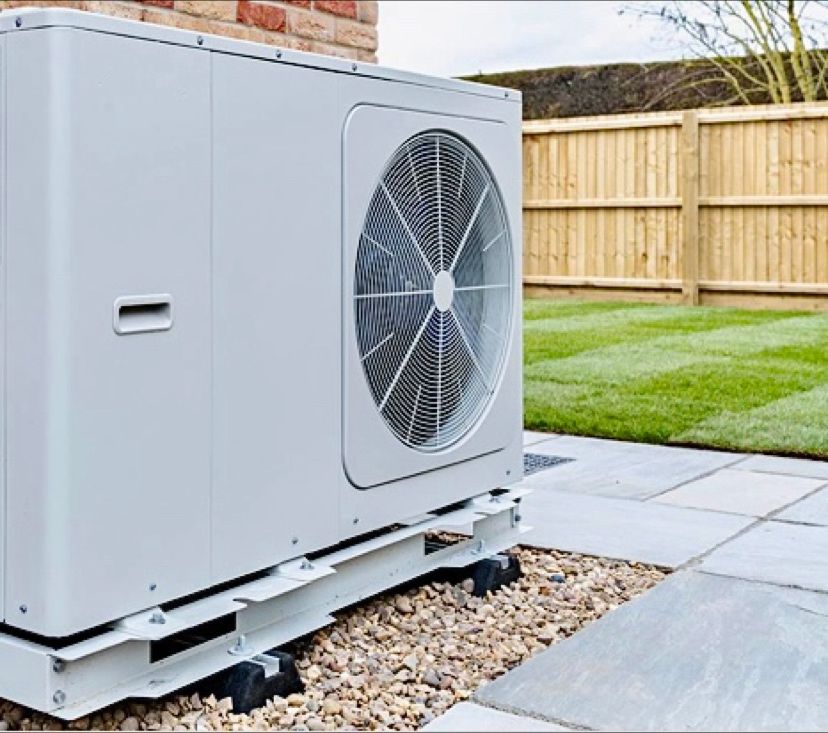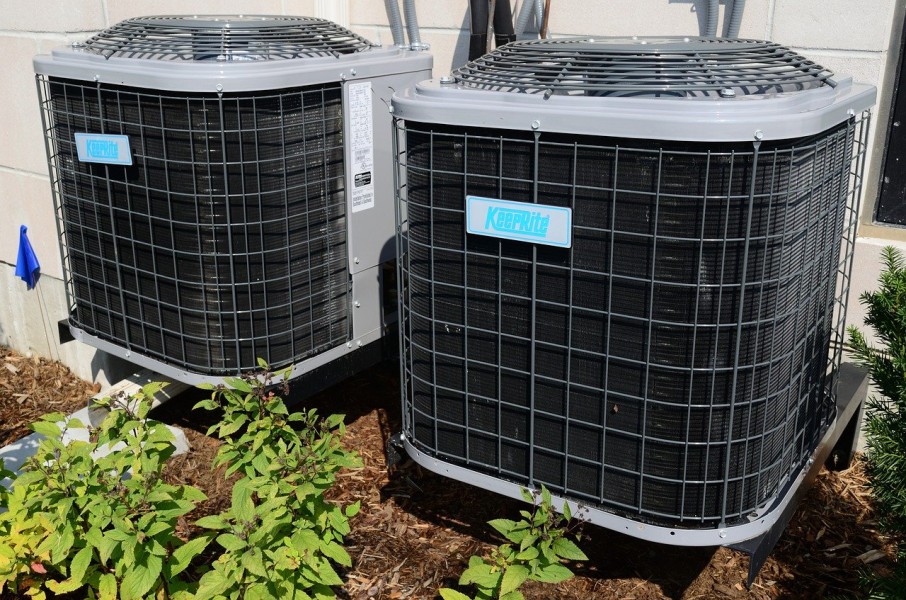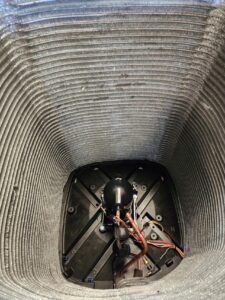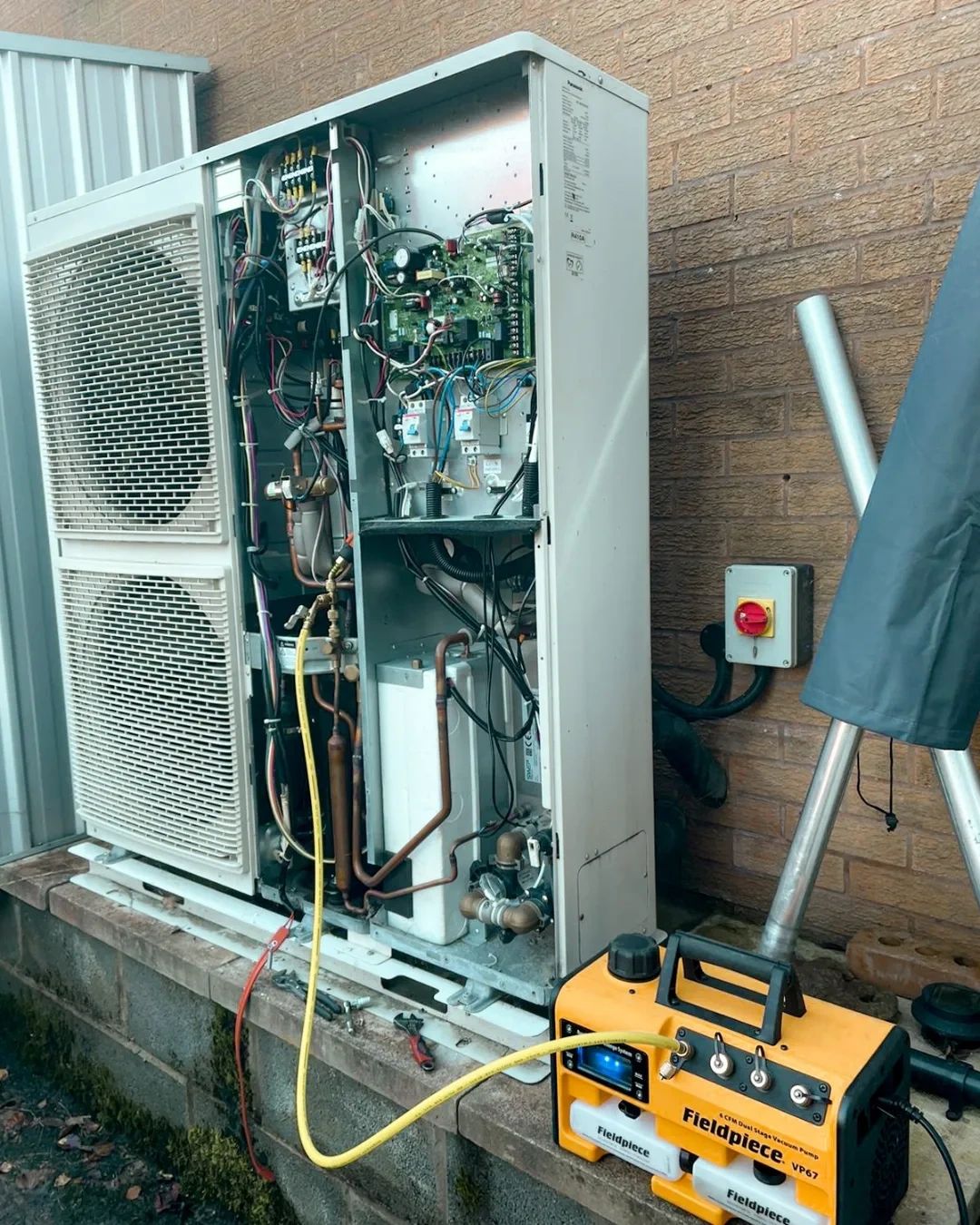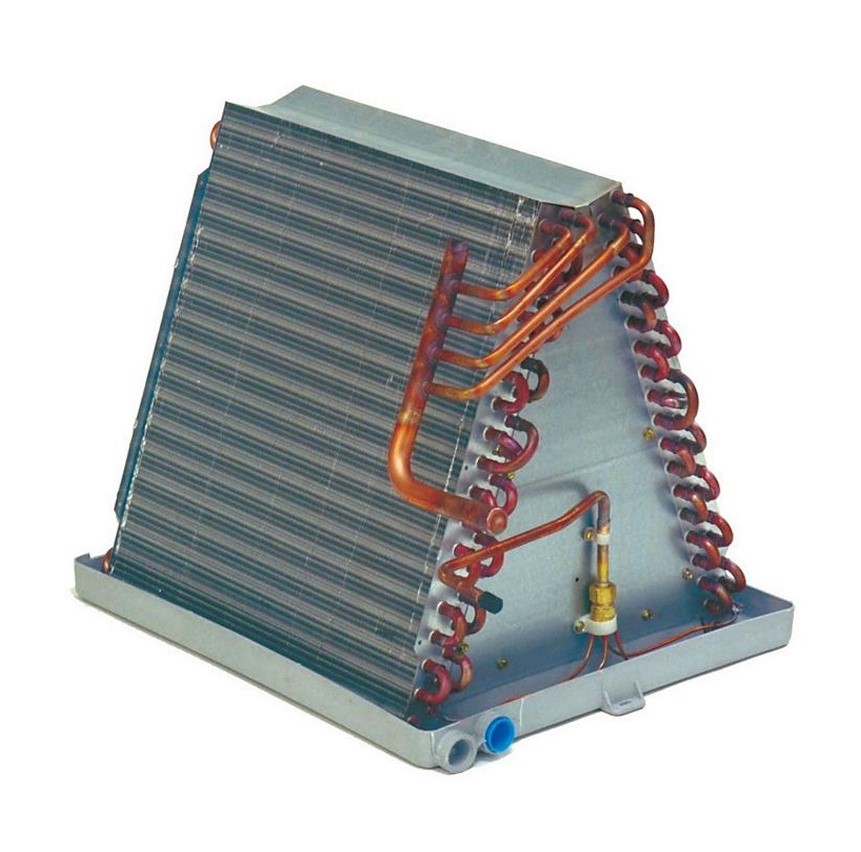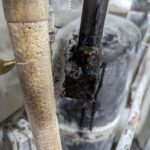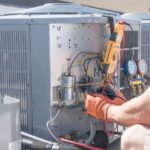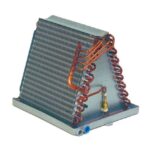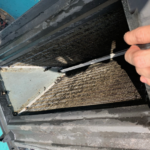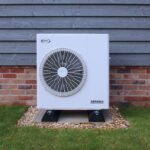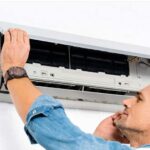What is a heat pump?
A heat pump is a versatile heating and cooling system that transfers heat from one place to another using a refrigeration cycle. It works by extracting heat from the air, ground, or water source outside your home and transferring it inside to heat your space during cold weather. Conversely, during warm weather, it removes heat from inside your home and transfers it outside to cool the indoor environment.
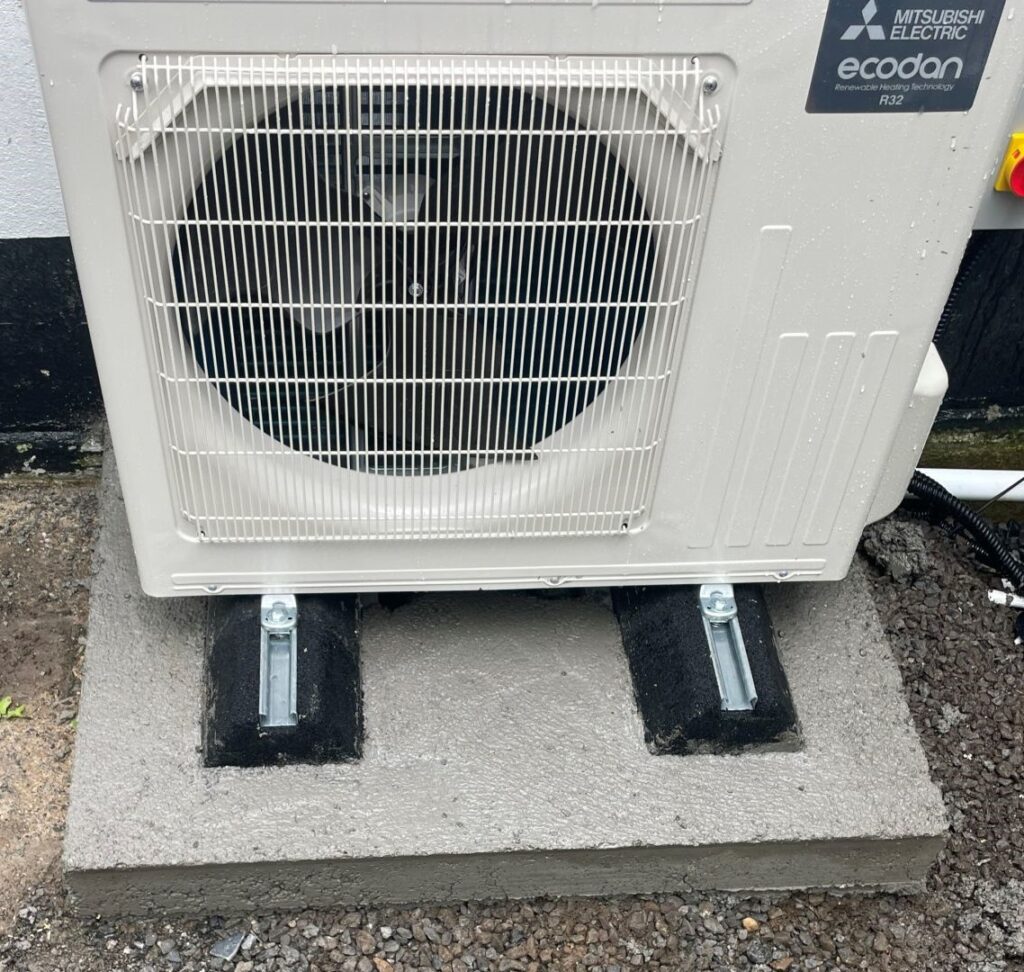
The heat pump consists of essential components such as a compressor, refrigerant, coils, and an indoor air handler or blower. It operates by circulating refrigerant through an outdoor and indoor unit, absorbing heat from the outdoor source and releasing it inside or vice versa, depending on the desired mode (heating or cooling).
This system operates efficiently and can be more energy-efficient than traditional heating or cooling systems because it moves heat rather than generating it through combustion (as in furnaces) or solely relying on electricity for cooling (as in air conditioners). Its ability to provide both heating and cooling makes it a popular choice for many households seeking year-round comfort.
What is a furnace?
A furnace in a house is a heating system designed to warm the indoor space by burning fuel or using electricity to produce heat for heating air and circulating it throughout the home via ductwork. It functions by heating air directly and then distributing that heated air to various rooms through a network of ducts. These ducts allow the warmed air to reach different areas of the house, providing warmth to the entire space.
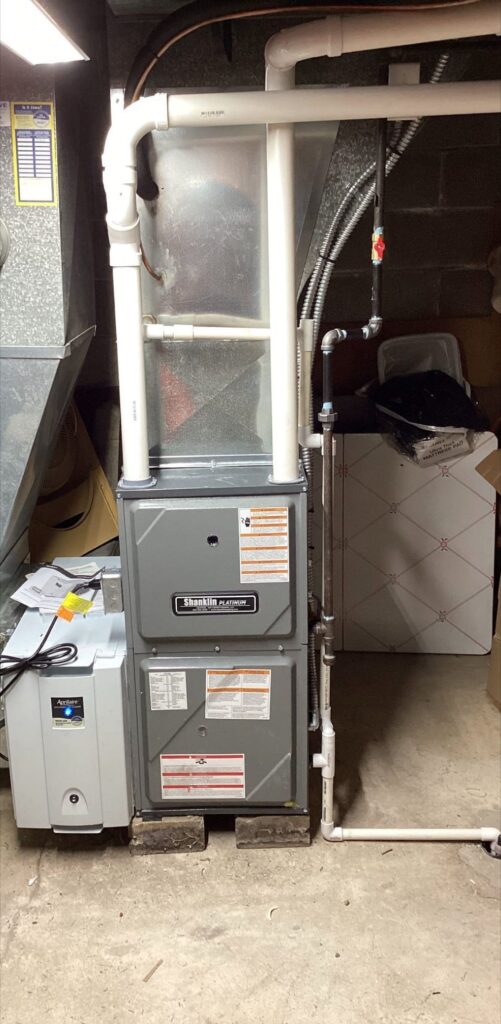
It’s a central component of many heating systems in homes and buildings. Furnaces typically operate by burning natural gas, propane, oil, or using electricity to create heat.
The process involves burning the fuel within the furnace to produce heat, which is then circulated throughout the house via ductwork or pipes. The heat is distributed through vents or radiators to warm the indoor spaces.
Furnaces can be categorized based on the type of fuel they use:
- Gas Furnaces: Use natural gas as a fuel source and are commonly found in many homes.
- Oil Furnaces: Burn oil to produce heat and are less common but still used in some regions.
- Electric Furnaces: Operate by using electricity as the primary energy source to generate heat.
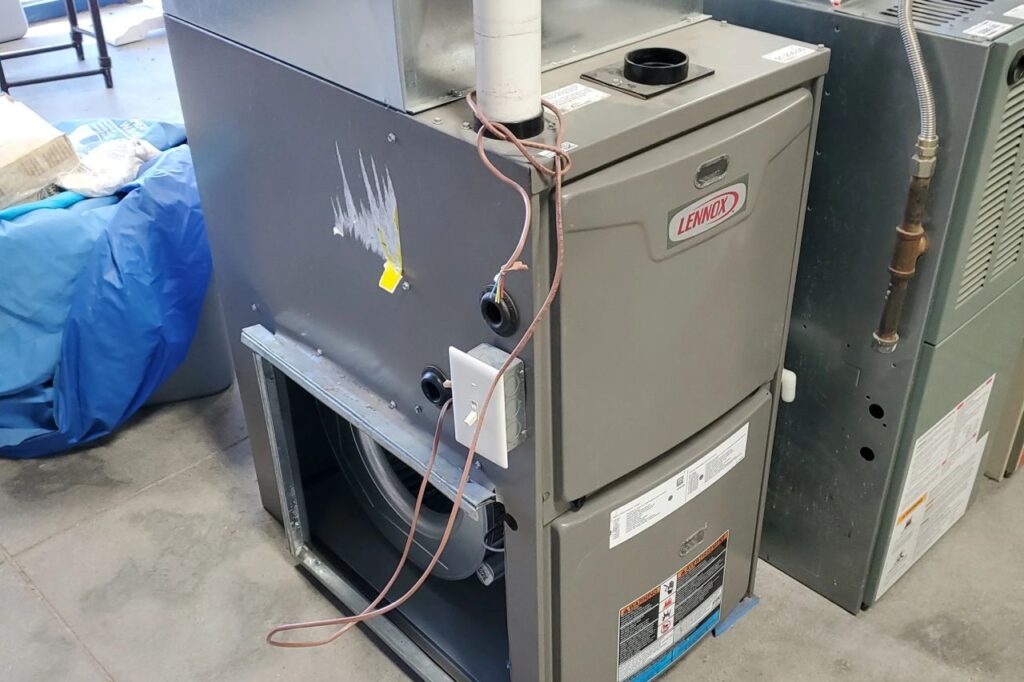
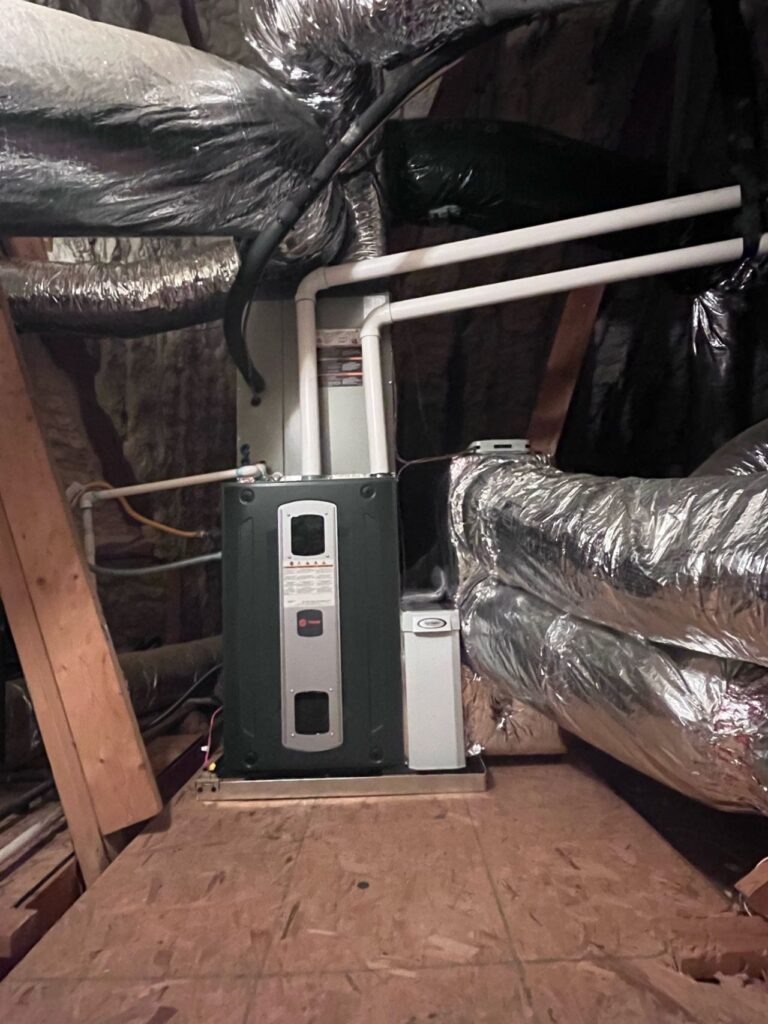
Furnaces are efficient and effective in providing warmth, and they can be combined with air conditioning systems to offer both heating and cooling capabilities, creating a comprehensive HVAC (Heating, Ventilation, and Air Conditioning) system for year-round comfort.
Heat pump vs. furnace
When examining heat pumps versus furnaces, several key distinctions separate these heating systems. Understanding these differences can help in determining which system might suit your needs better.
Cost Differences
Heat Pump: Installation of a new heat pump typically ranges between $4,000 and $5,000. The overall cost is influenced by factors like existing ductwork, system size, and the type of heat pump. Air-to-air models are simpler and cheaper, but their efficiency diminishes in colder climates. Geothermal pumps, while more efficient, require underground drilling, making them pricier.
Furnace: The cost to install a furnace varies between $4,000 for an electric version and $4,500 for a gas model. While natural gas furnaces are efficient, setting up gas lines can incur additional expenses. In some cases, an electric furnace might be a more cost-effective choice.
Efficiency
Heat pump: Heat Pump systems use minimal electricity to move heat, offering high energy efficiency. However, they struggle in extremely cold climates, reducing their efficiency compared to furnaces.
Furnace: Furnaces generate heat from energy sources like natural gas, propane, oil, or electricity. Natural gas is most efficient, but overall, furnaces are less energy-efficient than heat pumps under normal conditions. However, they are the best option in extremely cold weather or winter.
Durability
Heat Pump: Lasts around 15 years with regular maintenance, requiring regular maintenance and occasional component replacements. For example replacing refrigerant.
Furnace: Typically lasts up to 20 years due to their simpler structure, needing less frequent replacements.
DIY Installation
Heat Pump: Some heat pumps come with DIY-friendly kits for installation, especially mini-split units meant for single rooms. However, working with refrigerants often requires specialized licenses.
Furnace: Professional installation is advised due to the complexities of fuel supply, exhaust, and overall system setup.
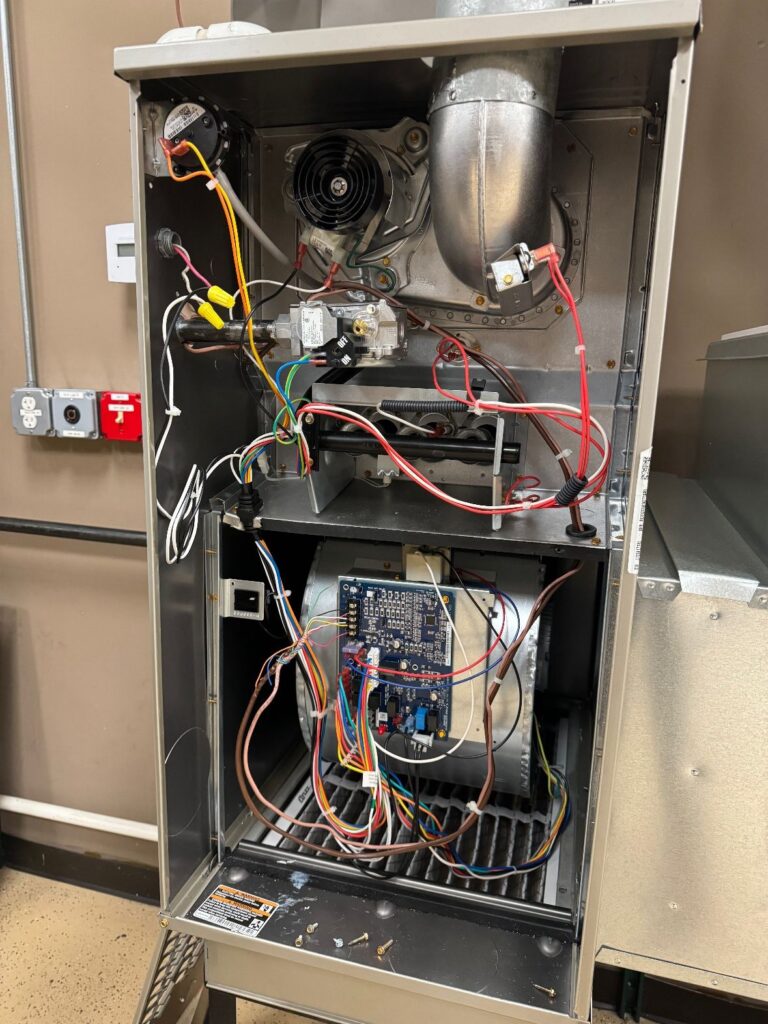
Maintenance
Heat Pump: Requires clearing snow, debris, changing air filters, and cleaning coils for optimal performance.
Furnace: Minimal maintenance involves regular filter changes, vacuuming, and occasional cleaning of internal components.
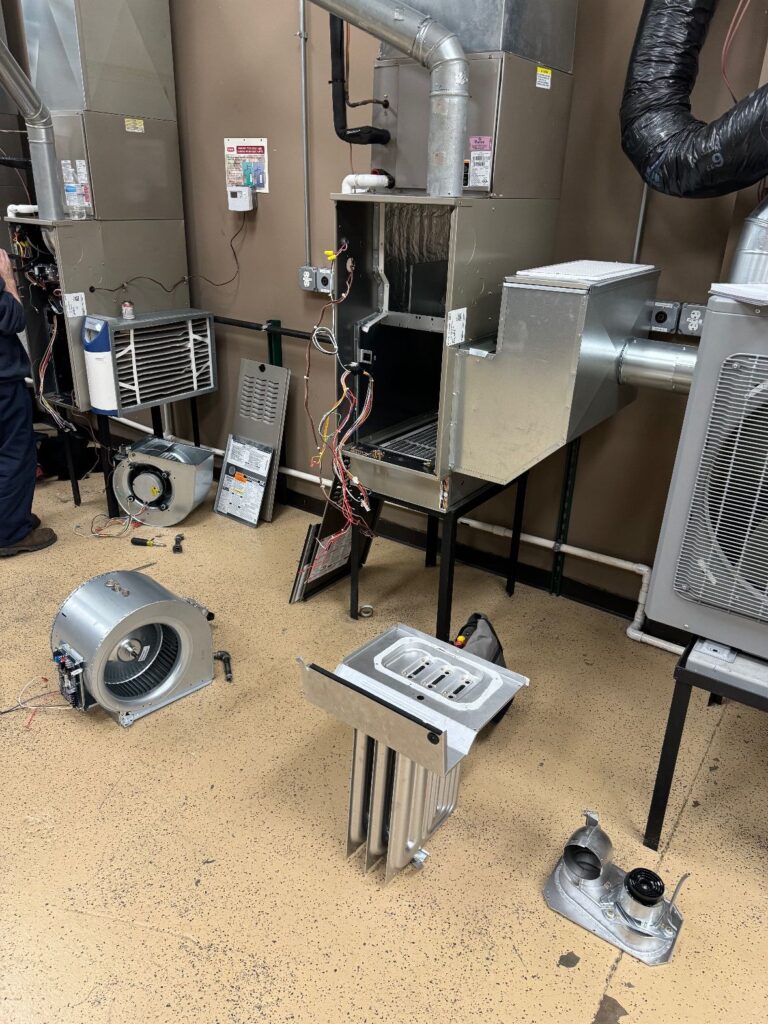

Appearance
Heat Pump: External units and mini-split models might not blend well with the home’s aesthetics.
Furnace: Typically installed out of sight in basements, attics, or utility rooms.
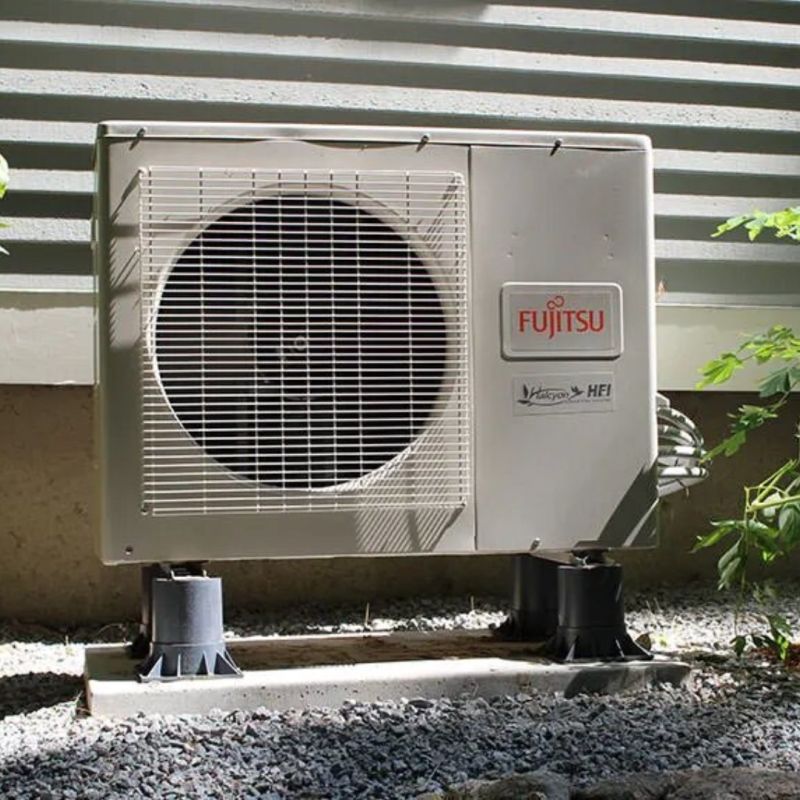
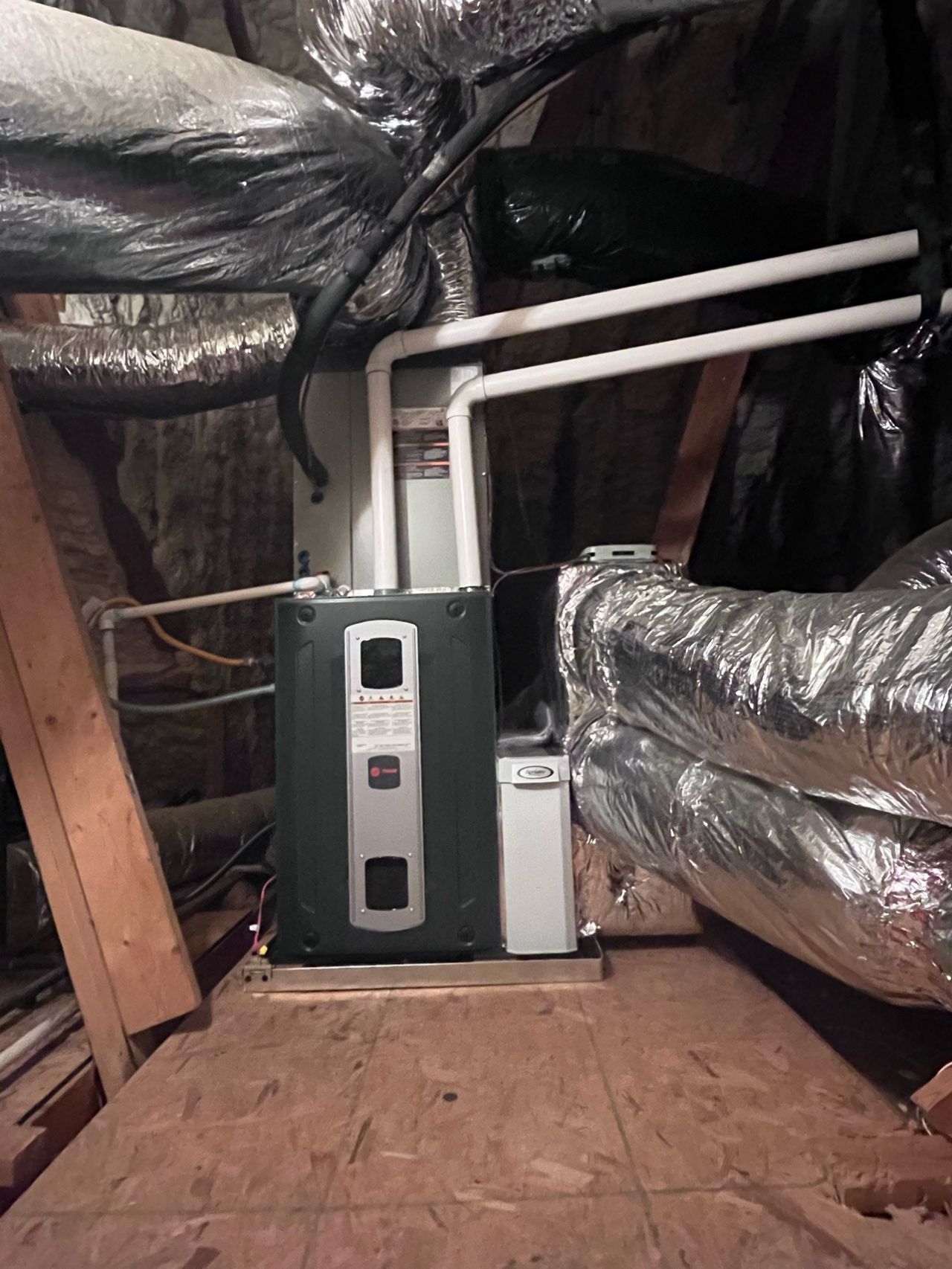
Choosing the Right System The choice between heat pumps and furnaces depends on individual needs. Heat pumps suit warmer climates, offering efficiency and DIY potential, while furnaces, especially natural gas ones, excel in colder regions due to their simplicity and efficiency. Homeowners should weigh these factors to make an informed decision.
Table for heat pump vs furnace
Table illustrating the differences between heat pumps and furnaces:
| Features | Heat Pump | Furnace |
| Cost | $3,000 – $5,000 | $4,000 (electric) – $5,000 (gas) |
| Efficiency | High energy efficiency, struggles in extreme cold | Less efficient in extreme cold, but highly efficient in such conditions |
| Durability | Around 15 years | Up to 20 years |
| DIY Installation | DIY-friendly for some models | Requires professional for installation |
| Maintenance | Requires Snow and debris clearance, air filter changes, coil cleaning | Requires regular filter changes, occasional and internal cleaning |
| Appearance | May impact home aesthetics with external units or wall-mounted units | Installed out of sight in basements, attics, or utility rooms |
| Best For | Warmer climates | Colder climates |
This table provides a succinct breakdown of the key differences between heat pumps and furnaces across various aspects.

